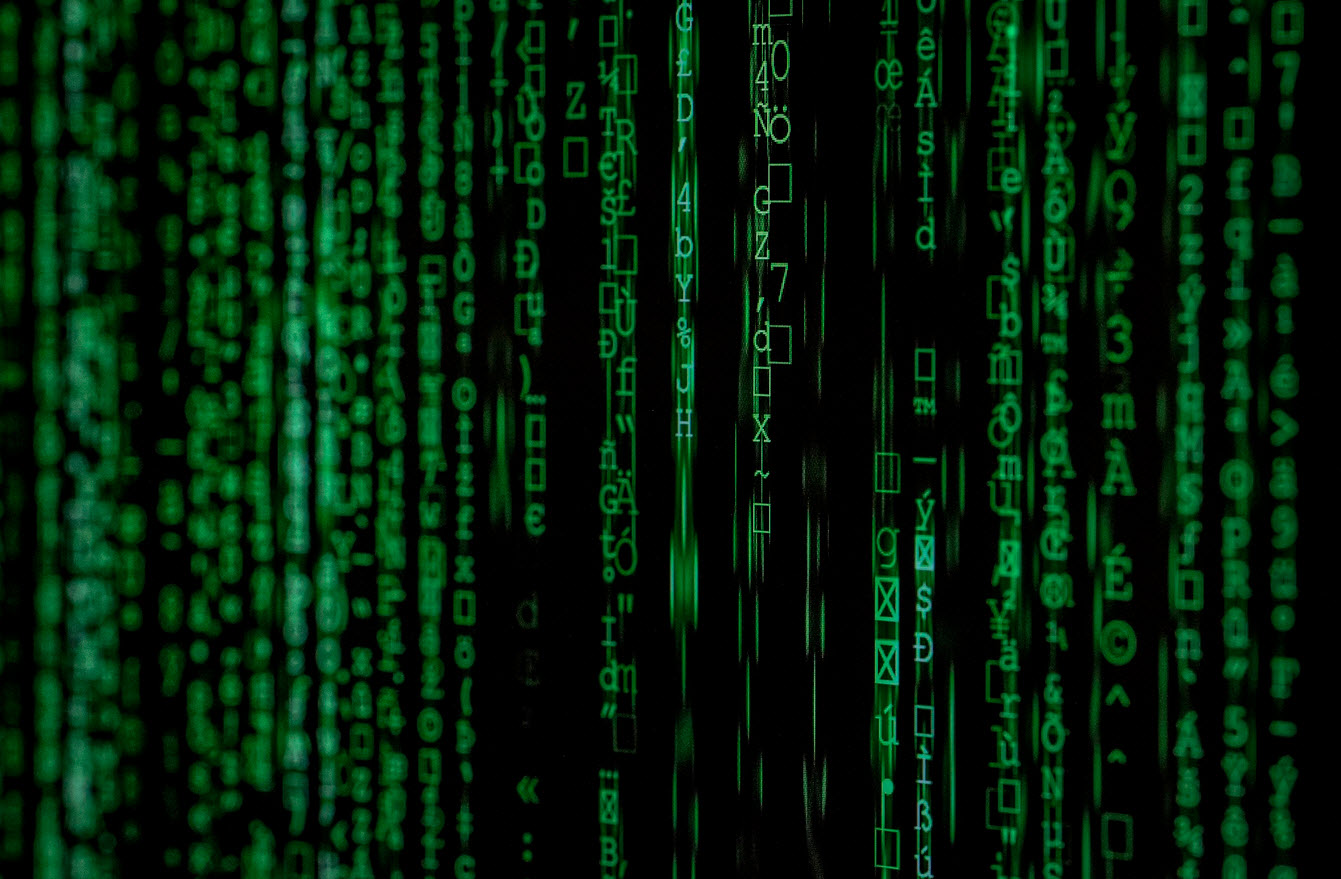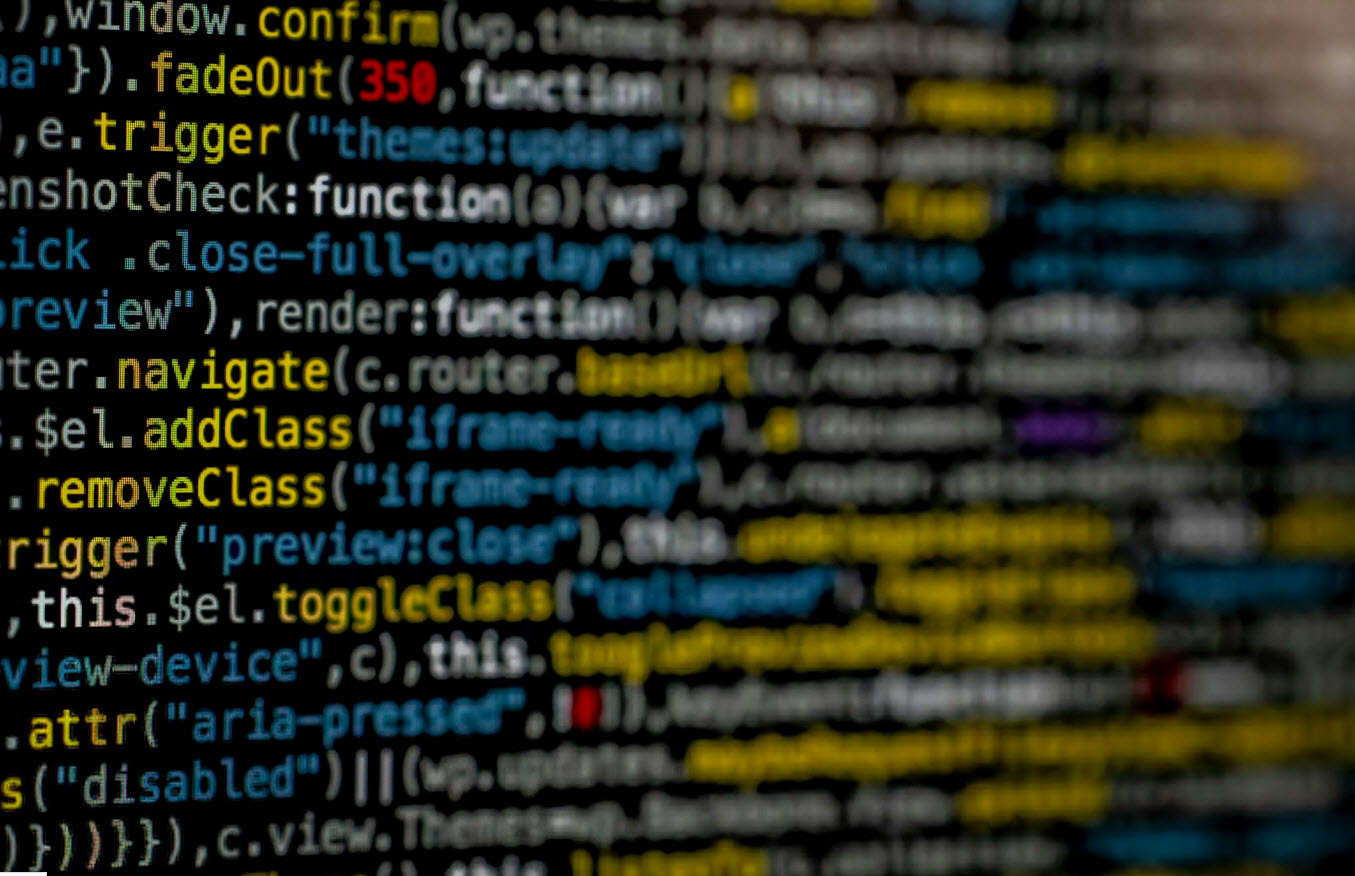
In last article, we discussed out Bash Environment Variables which always play an important role in Bash Shell Scripting and here in this article, we listed out all Bash External Variables which you can use while doing Bash Programming.
- Also Read: Bash Inbuilt Variables
- Also Read: Bash Environment Variables
External programs are often used within shell scripts; there are a few builtin commands ( echo , which , and test are commonly builtin), but many useful commands are actually Unix utilities, such as tr , grep , expr and cut . The backtick (`)is also often associated with external commands.
| bzip2 | Compression using the Burrows-Wheeler block sorting text compression algorithm and Huffman coding. |
| cat | List the contents of the specified file. |
| chage | Change the password expiration date for the specified system user account. |
| chfn | Change the specified user account’s comment information. |
| chgrp | Change the default group of the specified file or directory. |
| chmod | Change system security permissions for the specified file or directory. |
| chown | Change the default owner of the specified file or directory. |
| chpasswd | Reads a file of login name and password pairs and updates the passwords. |
| chsh | Change the specified user account’s default shell. |
| compress | Original Unix file compression utility. |
| cp | Copy the specified files to an alternate location. |
| df | Display current disk space statistics for all mounted devices. |
| du | Display disk usage statistics for the specified filepath. |
| file | View the file type of the specified file. |
| finger | Display information about user accounts on the Linux system or a remote system. |
| grep | Search a file for the specified text string. |
| groupadd | Create a new system group. |
| groupmod | Modify an existing system group. |
| gzip | The GNU Project’s compression using Lempel-Ziv compression. |
| head | Display the first portion of the specified file’s contents. |
| killall | Send a system signal to a running process based on process name. |
| less | Advanced viewing of file contents. |
| link | Create a link to a file using an alias name. |
| ls | List directory contents. |
| mkdir | Create the specified directory under the current directory. |
| more | List the contents of the specified file, pausing after each screen of data. |
| mount | Display or mount disk devices into the virtual file system. |
| passwd | Change the password for a system user account. |
| ps | Display information about the running processes on the system. |
| pwd | Display the current directory. |
| mv | Rename a file. |
| rm | Delete the specified file. |
| rmdir | Delete the specified directory. |
| sort | Organize data in a data file based on the specified order. |
| stat | View the file statistics of the specified file. |
| tail | Display the last portion of the specified file’s contents. |
| tar | Archive data and directories into a single file. |
| touch | Create a new empty file, or update the timestamp on an existing file. |
| umount | Remove a mounted disk device from the virtual file system. |
| useradd | Create a new system user account. |
| userdel | Remove an existing system user account. |
| usermod | Modify an existing system user account. |
| zip | Unix version of the Windows PKZIP program. |
- Collecting and Analyzing Threat Data for Effective Threat Intelligence
- How Digital Forensics Helps To Investigate Cryptocurrency Scams and Hacks
- 7 Key Best Practices for Developing Secure Applications
- Vulnerability Assessment in Web Applications – Steps, Strategies, and Tools
- Top Advanced Techniques for Malware Analysis And Detection
- How to Simulate Real-World Attacks for Better Security – The Red Teaming Approach
- How You Can Secure Your Cloud Environments with Blockchain Technology
- Best Practices for Secure Development within SSDL Framework
- How Machine Learning Enhances Cloud Security – A Comprehensive Guide
- The Role of Social Engineering in Penetration Testing








